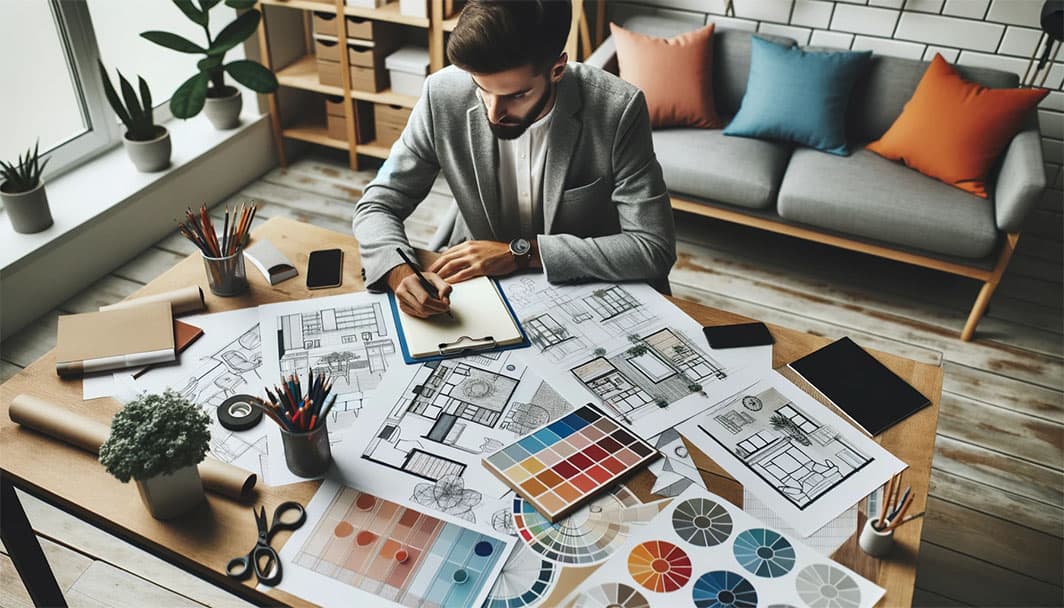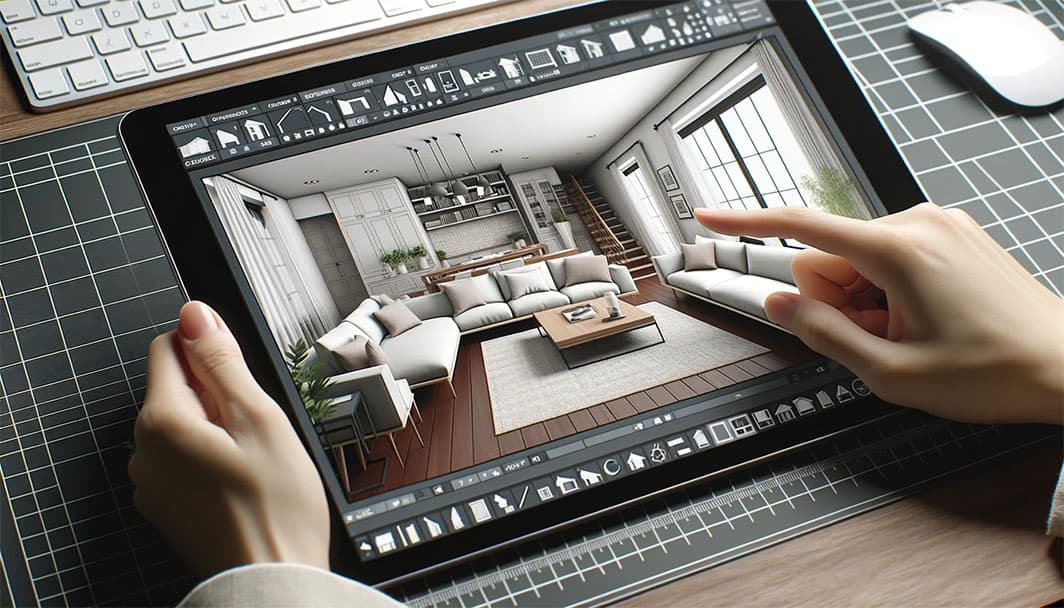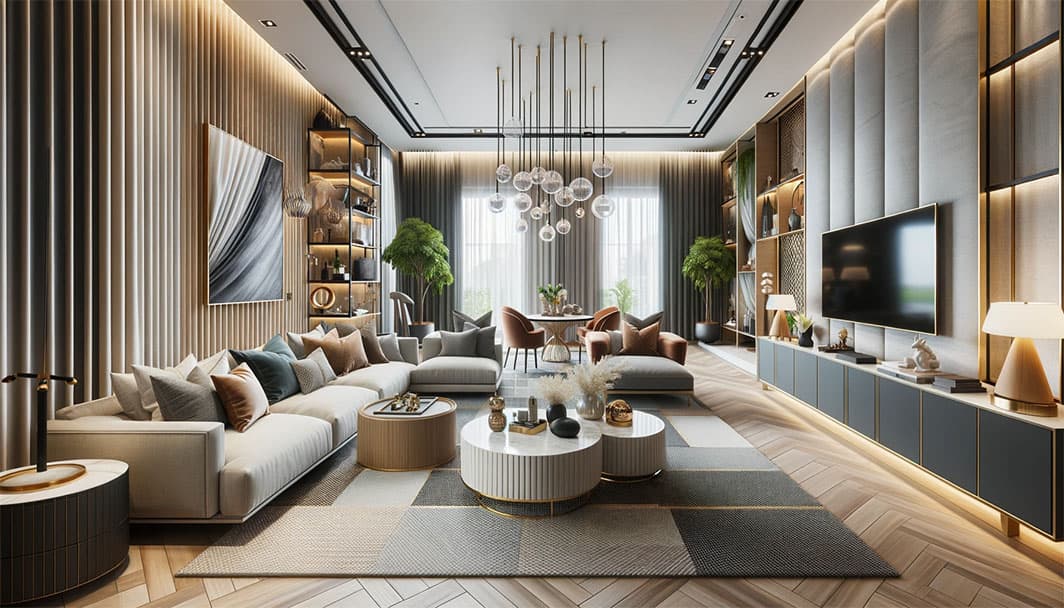
The realm of interior design is vast and layered, encompassing more than just the visual appeal of a space. At its core, interior design is about curating environments that elevate the quality of life, instill a sense of well-being, and resonate with the occupants’ personalities. It’s an art form where creativity meets functionality. To truly grasp its essence, one must delve into various facets – from the intricate details of architecture and furniture design to the subtleties of color theory and spatial arrangements. Moreover, it’s crucial to understand human psychology and how different design elements can impact moods, behaviors, and daily activities. A meticulously designed space doesn’t merely look aesthetically pleasing; it seamlessly blends form and function, ensuring that every corner serves a purpose while evoking emotions.
Finding Your Unique Design Style

Interior design is an ever-evolving field with a myriad of established styles, each with its distinct characteristics and aesthetics. From the clean lines of modern design to the intricate details of the baroque, and the warmth of rustic to the minimalism of Scandinavian – the choices are diverse. However, as an aspiring designer, it’s not just about mastering these styles but also about discovering and cultivating your unique design voice. This journey of self-discovery involves voraciously exploring various designs, experimenting with a plethora of colors, textures, and materials, and introspecting on what truly resonates with your sensibilities. As you immerse yourself in design projects and expose yourself to different environments, your style will mature, reflecting not just your tastes but also your experiences and growth as a designer.
Essential Tools for Every Aspiring Designer
While the world of interior design is deeply rooted in creativity and imagination, it’s also a field that demands precision, planning, and a systematic approach. This is where the tools of the trade come into play. Starting with the basics, sketchbooks become the canvas where ideas take shape, and color wheels assist in understanding and selecting complementary hues. Precision tools like tape measures ensure that every piece of furniture fits perfectly, while fabric swatches give a tactile sense of the final look. Additionally, mood boards play a pivotal role, acting as visual summaries that bring together various design elements, helping both the designer and the client visualize the final outcome. In essence, these tools are extensions of a designer’s vision, bridging the gap between what’s imagined and what’s realized.
Education and Training: Building a Strong Foundation

While raw talent and an innate sense of aesthetics are invaluable in the world of interior design, formal education can provide a structured foundation and open doors to deeper insights. Pursuing a diploma or degree in interior design offers a systematic approach to learning. Such programs delve into the rich history of design, introducing students to iconic designs and designers that have shaped the industry. Courses on technical drawing equip aspiring designers with skills to bring their visions to life on paper, while modules on 3D visualization allow for digital representation of spaces. Beyond the confines of a classroom, continuous learning is key. Workshops, seminars, and design expos can offer glimpses into the evolving trends, innovations, and the ever-changing dynamics of the interior design landscape.
Gaining Real-World Experience
Bookish knowledge, while essential, needs to be complemented by hands-on experience. The real world of interior design is replete with challenges, client interactions, and on-the-spot problem-solving that no classroom can simulate. Starting small, perhaps with personal projects like redesigning one’s own living space or offering pro bono services to friends, can provide invaluable lessons. Internships with established designers or design firms offer a more structured learning environment, exposing budding designers to the intricacies of client management, project execution, and the art of turning design constraints into creative opportunities. Each project, each space, and each client interaction adds a layer of experience, refining skills and building confidence.
Digital Mastery: The Role of Software in Interior Design
The digital revolution has left no industry untouched, and interior design is no exception. Today, a designer’s toolkit isn’t just physical but also digital. Mastery over design software like AutoCAD for detailed layouts, SketchUp for 3D modeling, and the Adobe Creative Suite for visual presentations is almost a prerequisite in today’s design landscape. These tools offer precision, scalability, and the ability to make real-time changes based on client feedback. Moreover, with advances in virtual and augmented reality, designers can now offer clients immersive experiences, allowing them to “walk-through” spaces even before a single brick is laid or a wall painted. Embracing these digital tools not only streamlines the design process but also enhances client engagement and satisfaction.